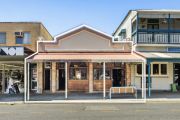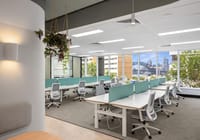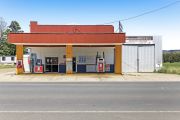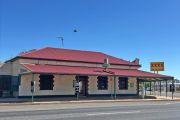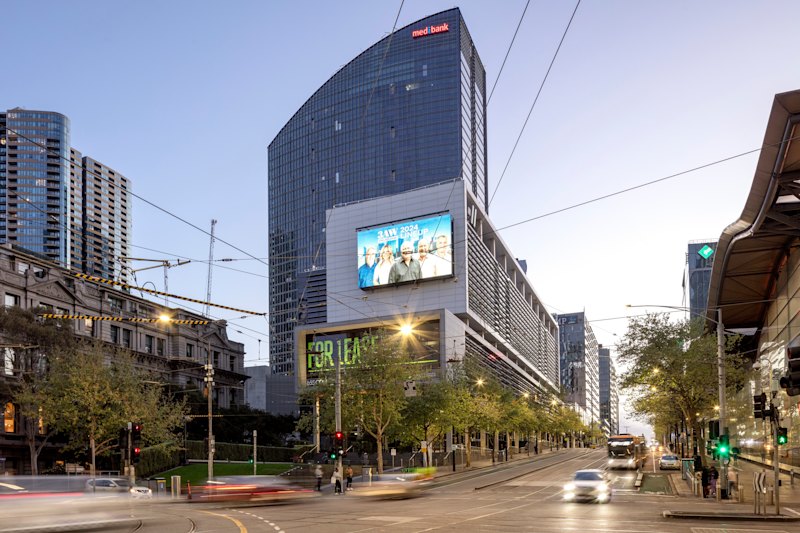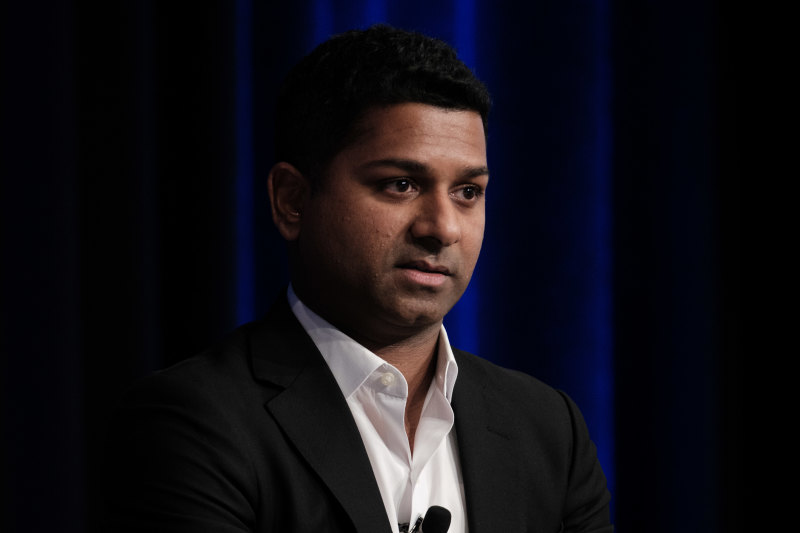
The property hotspots attracting the world’s biggest investors
The free ride in global property markets is over, says Richard Massey, managing director and head of real estate for Australia and New Zealand at Singaporean sovereign wealth fund, GIC.
“In the past, with low rates, all ships have risen with the tide. It’s been relatively easy to make money, just by being invested,” he told The Australian Financial Review Property Summit on Tuesday.

But that period is over. Not only are rates higher, and unlikely to retreat to their pre-pandemic lows, but a range of other risks – geopolitics, technological disruption, cost-of-living pressures – mean that property investors will need to work harder to get returns.
The co-head of Australian real estate at Brookfield Asset Management, Ruban Kaneshamoorthy, says commercial property investors need to carefully match asset selection with a more operational, hands-on approach to drive bigger gains.
For Brookfield, that’s leading to a shift away from traditional segments such as office and retail which dominated its Australian portfolio five years ago, and towards hotels, self storage and manufactured housing.
“You have to go and basically roll your sleeves up and do the work,” he says.
Another example is the retirement living business Aveo, which Brookfield bought in 2019 as a turnaround play, and is preparing to sell. Kaneshamoorthy says this was a business where Brookfield oversaw a revised business plan and management changes to lift the performance of the business.
Brookfield is also a big believer in student accommodation. While Kaneshamoorthy is nervous about the level of government intervention in the sector in the form of student caps, he says the underlying demand drivers of the rising Asian middle class and a lack of available housing will continue to underpin activity.
Student accommodation is also a target sector for GIC. Massey says it’s an example of the sort of property sub-sector it likes because the giant fund can generate good cash yields through various economic cycles to protect its equity.
Massey says Australia also screens well for the logistics sector, thanks to strong e-commerce growth, and in June GIC established a $270 million joint venture with the ASX-listed National Storage REIT.
Penny Ransom, chief investment officer at Lendlease, agrees with Kaneshamoorthy – investors want to work with capital partners who can add value in specialist areas.
“You could make money out of real estate just because capital was cheap and capitalisation rates were tightening, so that drove returns. That’s not going to cut it [now],” she says.
Lendlease is keen on the Australian residential sector, particularly high-end, high-rise apartment buildings that are in demand from wealthy downsizers.
But it is also targeting the life sciences sector in Asia via a joint venture with Warburg Pincus, and the premium end of the London office market where supply is limited.
“There is very low vacancy in the super-prime space in the London market, with double-digit rental growth. And when you’ve got a real credit squeeze over there, there are some really interesting returns,” Ransom says.
Dexus chief executive Ross Du Vernet summed up the mood at the Summit when he pointed to a shift towards more active management in property.
“The next part of the cycle for us is going to be driven much more by fundamentals – understanding which asset on the street to buy, which sub-sectors, all that.”

